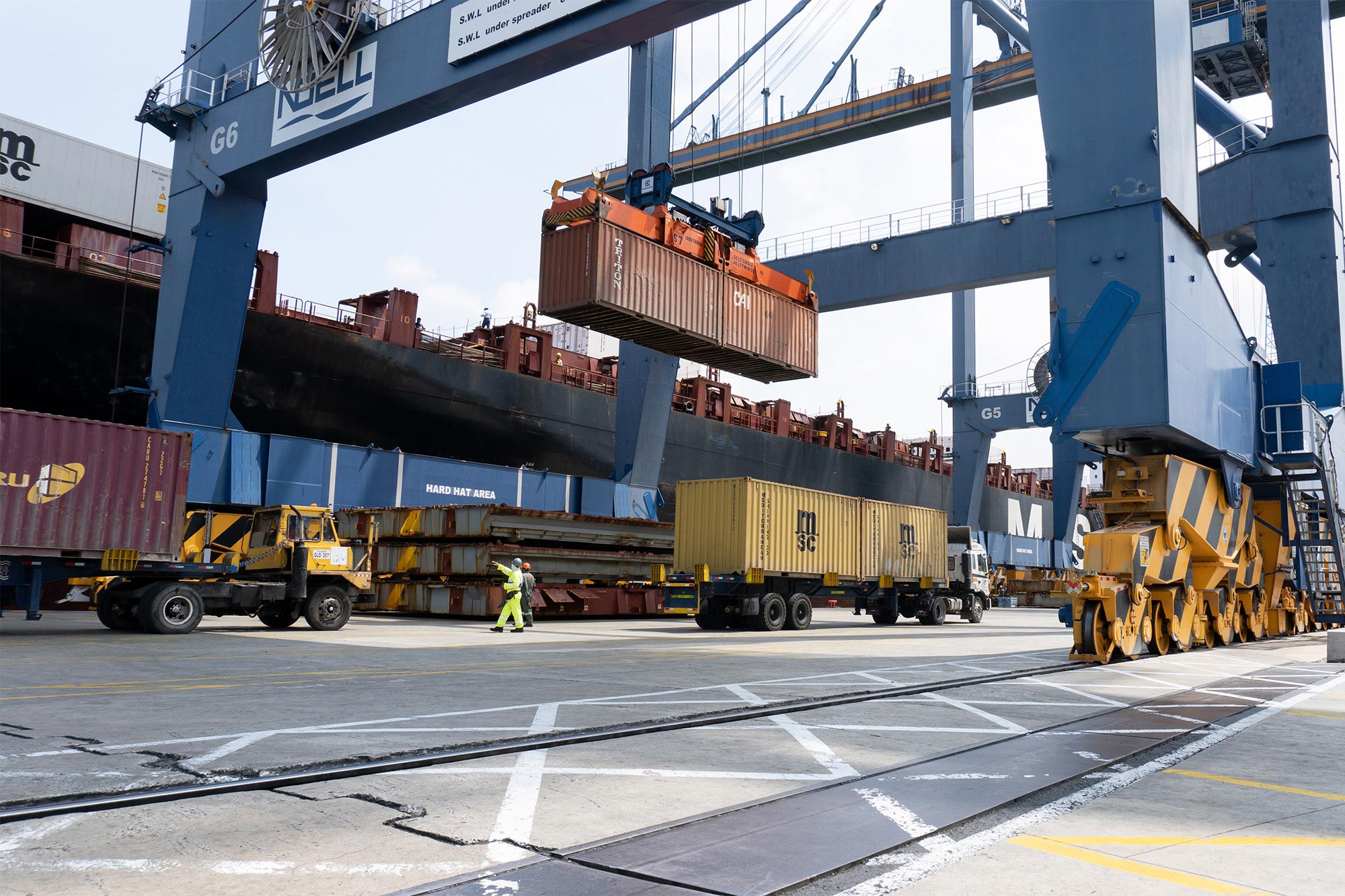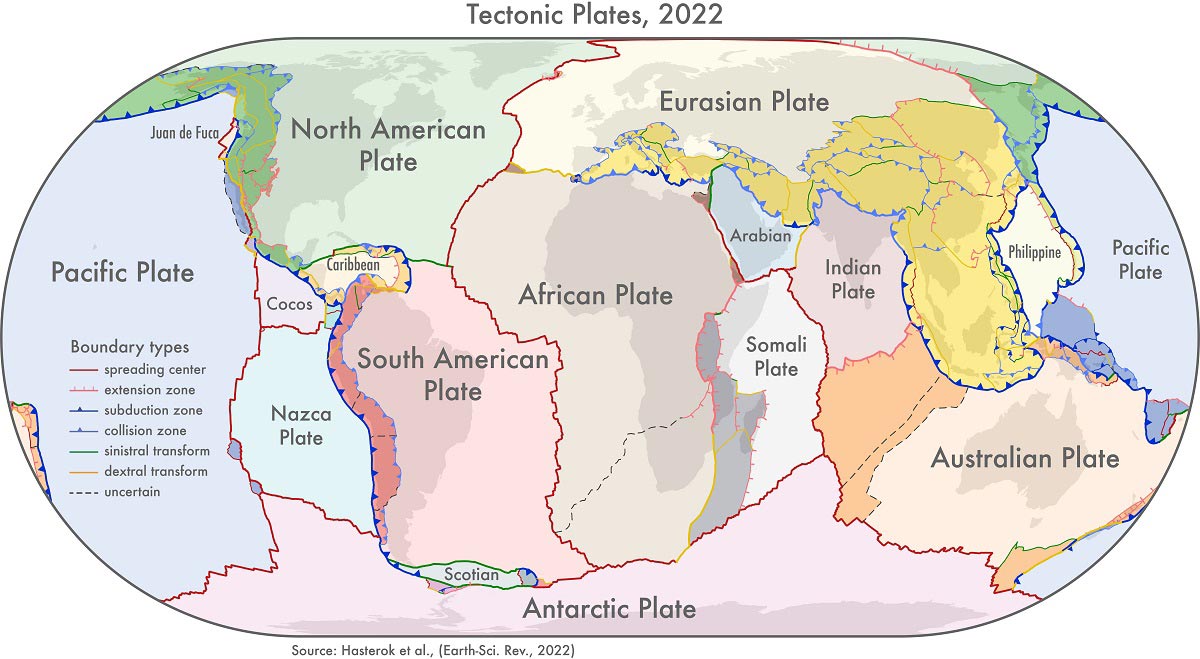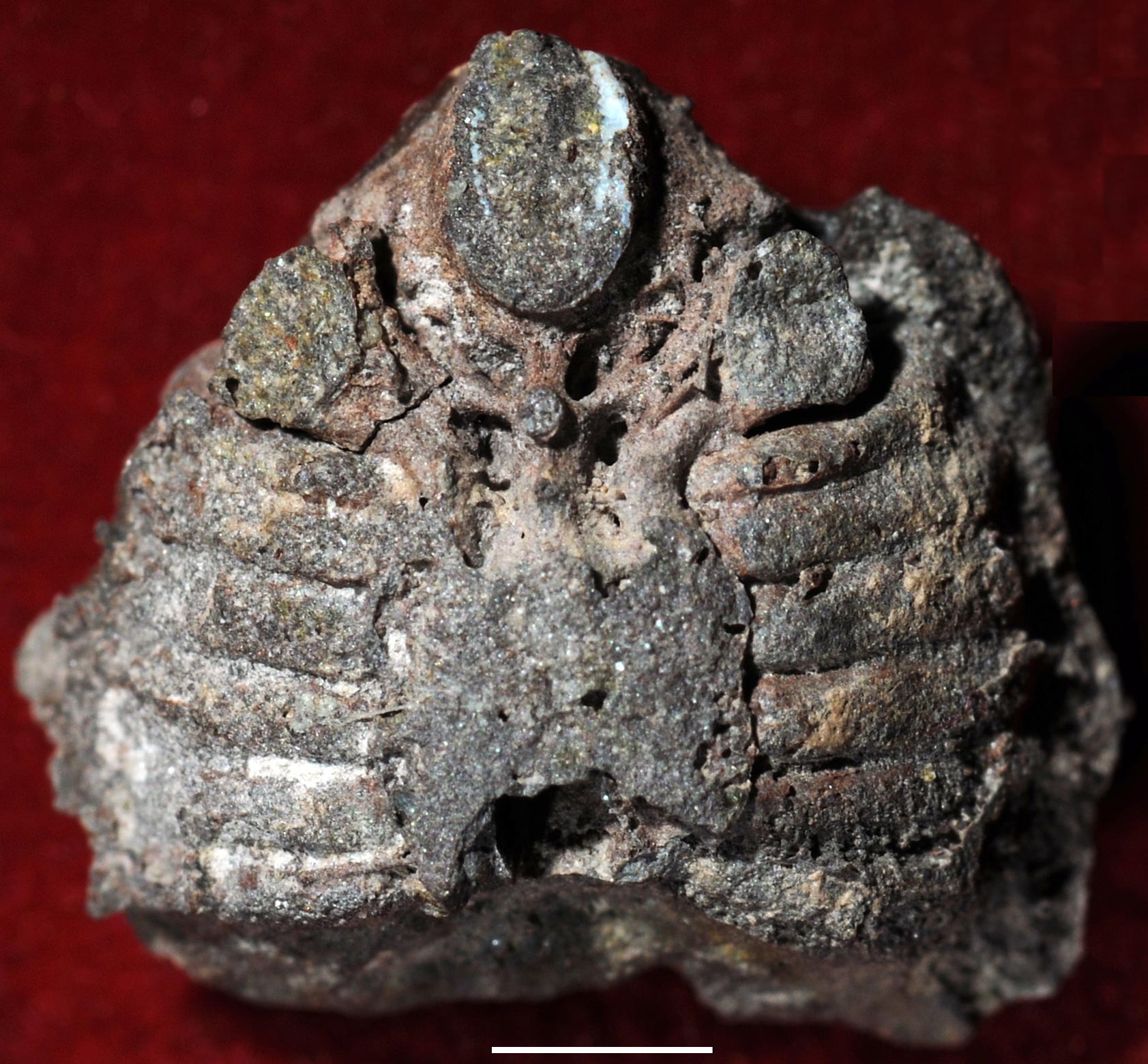Tenochtitlán’s lessons for the future of megacities
700 years of water adaptation in Mexico City demonstrate vulnerabilities cannot be eliminated, only negotiated
Meeting AnnouncementWASHINGTON — At the time of Spanish conquest in 1521, the Aztec’s capital Tenochtitlán, now Mexico City, was already one of the largest, most populous cities in the world, managing complex problems of urban development, flooding and water supply.
The city’s ongoing struggles to balance these same issues, 500 years later, are a case study in environmental adaption with lessons for contemporary decision makers and the future of megacities, according to Beth Tellman, a human-environmental geographer at the University of Arizona.
“Can megacities adapt to climate change, are they going to collapse, or are we going to figure it out? I think looking at Mexico City is a really interesting way to answer that question because it's a city that's been figuring it out for 700 years and that's had consequences. Some people have really gained from that adaptation and other people have lost out,” Tellman said.
One of the essential lessons from revisiting and synthesizing the many existing records of the city’s history, Tellman argues, is technological innovation alone can’t solve water problems that have social and political dimensions.
“If a new diversion protects a community from flood, but drowns another community in the diversion path, is it a success? Any time you build a levy, it's going to move water faster downstream or to the other side. We need to be thinking more about: Whose adaptation is this? Do we actually have all affected people at the table?”
Tellman will speak today about her research on how urban managers mitigate — and create — vulnerability to environmental hazards in Mexico City and other cities around the world in at 5:00 pm EDT session at the Frontiers in Hydrology meeting, convening this week in San Juan, Puerto Rico and online.
The Frontiers in Hydrology meeting is a partnership between AGU and the Consortium of Universities for the Advancement of Hydrologic Science, Inc (CUAHSI) designed to inspire new ideas and solutions for the future of water by bringing together engineers, hydrologists, social scientists, urban planners, atmospheric scientists and affiliated communities from around the world that work on all aspects of water issues.
Free media registration is available for online and in-person attendance at the meeting.
Complex trade-offs
“As cities grow and get more complex, managing risks in a separate way is a strategy that does not work and ignoring that reality makes it worse, because instead of anticipated consequences of adaptation decisions, you have these unanticipated consequences,” Tellman said.
Tenochtitlán, and later Mexico City, like many modern cities, started out managing water supply, flooding and urban development separately. But as the city grew, the three adaptation pathways intersected in complex ways, creating complicated risk trade-offs.
The city, built on an island in saline Lake Texcoco, controlled flooding through a sophisticated network of dikes, levees and canals. Aqueducts, sluices and other infrastructure provided fresh water and kept it separated from the salty lake water. But aqueducts contributed to destructive flooding, and dikes to prevent flooding in one location channeled floodwaters into others.
After conquest destroyed much of the original city infrastructure, the Spanish chose to deal with flooding by draining the lake, which created new problems. Now a megacity of 20 million, Mexico City continues to battle flooding, while simultaneously struggling with water shortages. Groundwater pumping to supply fresh water has caused the city to sink, breaking drains, which causes more flooding. Both problems hit neighborhoods unevenly, with the greatest burden falling on low-income areas, Tellman said. Technological solutions like rainwater capture do not reach people with greatest need, because of political barriers to providing city improvements to undocumented residents.
“Vulnerability cannot be eliminated,” Tellman said. “It's transferred over time or space or to different populations, and what that means is that we should not have the engineering hubris to say we're going to eliminate vulnerability. What we should instead do is democratically negotiate the consequences of adaptation. It’s not just climate adaptation, but climate justice.”
AGU (www.agu.org) supports 125,000 enthusiasts to experts worldwide in Earth and space sciences. Through broad and inclusive partnerships, we advance discovery and solution science that accelerate knowledge and create solutions that are ethical, unbiased and respectful of communities and their values. Our programs include serving as a scholarly publisher, convening virtual and in-person events and providing career support. We live our values in everything we do, such as our net zero energy renovated building in Washington, D.C. and our Ethics and Equity Center, which fosters a diverse and inclusive geoscience community to ensure responsible conduct.
Notes for journalists
Tellman will present “143-01 - The consequences of adaptation: mitigating and producing vulnerability in Mexico City” in an oral session on “ridging Resolutions: Natural Hazards & Civilization II Oral: on Monday, 19 June, at 5:00 pm Atlantic Standard Time (UTC-4 hours).
This session will not be live streamed, but reporters may gain expedited access to the session recording by emailing news@agu.org.
AGU and CUAHSI are hosting the first biennial Frontiers in Hydrology meeting (#FIHM22) in San Juan, Puerto Rico and online, 19 – 24 June 2022.
- Media registration and eligibility
- Online and on-site press information
- Presentation abstracts and schedule
Live-streamed and recorded content
Registered media can stream plenaries, online-only oral sessions and hybrid sessions live in the meeting platform. Hybrid sessions will include presenters in person in San Juan as well as online participants. Traditional in-person-only oral sessions will be recorded and available to view in the online meeting platform within a week of the events. Live-streamed presentations will also be recorded and available for later viewing. Remote attendees have access to an online poster gallery.


.jpg)




